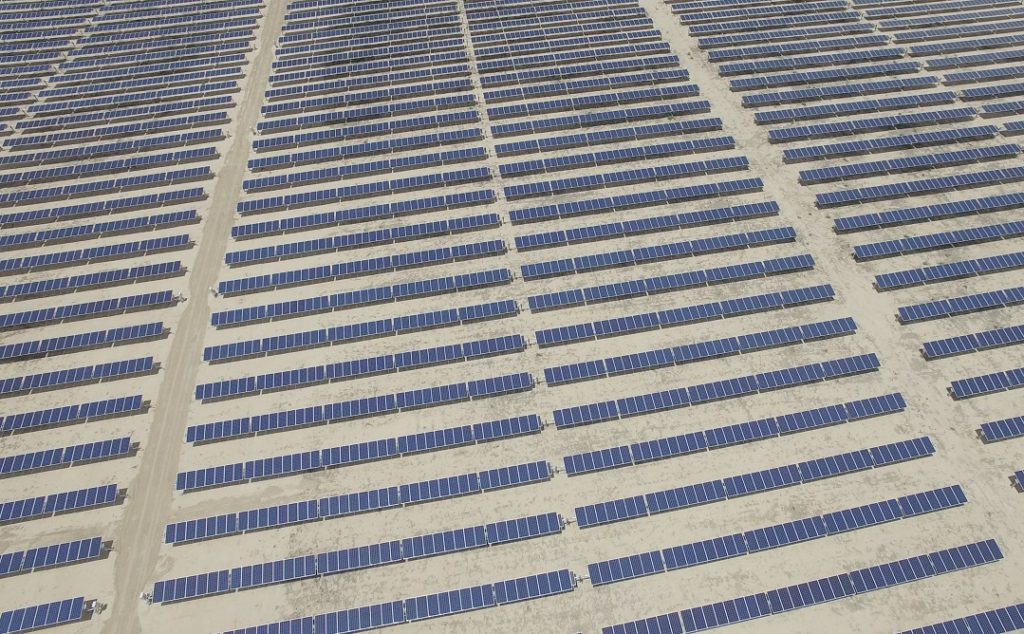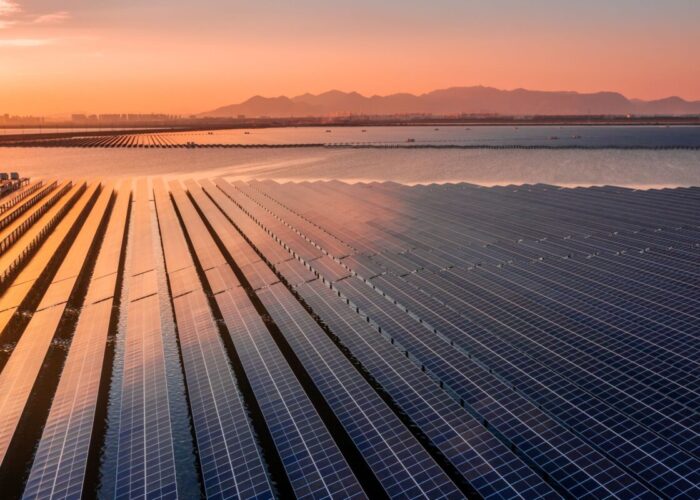
The International Renewable Energy Agency’s (IRENA) director-general has hailed the start of a “decade of renewables”, following a 2020 that saw China and the US drive global solar installations.
With global clean energy additions beating estimates and previous records to reach 260GW, Francesco Camera said last year’s deployment figures “tell a remarkable story of resilience and hope”.
Unlock unlimited access for 12 whole months of distinctive global analysis
Photovoltaics International is now included.
- Regular insight and analysis of the industry’s biggest developments
- In-depth interviews with the industry’s leading figures
- Unlimited digital access to the PV Tech Power journal catalogue
- Unlimited digital access to the Photovoltaics International journal catalogue
- Access to more than 1,000 technical papers
- Discounts on Solar Media’s portfolio of events, in-person and virtual
While IRENA said 127GW of solar was installed globally last year, this figure is notably lower than the 142GW estimated by IHS Markit and the 141GW amount from BloombergNEF (BNEF). The lower amount appears to be in part from differences in deployment data from the US, which IRENA said installed 15GW last year, lower than the 19GW amount forecasted by the Solar Energy Industries Association and Wood Mackenzie.
With global installed solar at 707GW as of the end of 2020, IRENA said the asset class has now reached about the same level as wind capacity. This is thanks in part to solar’s expansion in Asia, with 78GW of additions across the continent last year. This was led by China (49GW) and Vietnam (11GW), while Japan, India and South Korea all added more than 4GW.
More than 80% of all new electricity capacity added globally last year was renewable, with solar and wind accounting for 91% of new clean energy. According to IRENA, renewables’ rising share of the total is partly attributable to net decommissioning of fossil fuel generation in Europe, North America and markets such as Russia, Turkey, Armenia, Azerbaijan and Georgia.
Despite the rapid deployment of solar and wind, both still lag behind hydropower in terms of global installed capacity. At the end of 2020, total renewable generation capacity was 2,799GW, with hydropower accounting for 1,211GW.
“Despite the challenges and the uncertainty of 2020, renewable energy emerged as a source of undeniable optimism for a better, more equitable, resilient, clean and just future,” said Francesco La Camera. “The great reset offered a moment of reflection and chance to align our trajectory with the path to inclusive prosperity, and there are signs we are grasping it.” However, he warned that there are “significant” planned energy investments that must be redirected to support the energy transition if markets are to achieve their 2050 emissions reductions targets.
Building on last year’s figures, 2021 is set to see further growth in solar deployment globally, with BNEF forecasting at least 160GW and as much as 209GW of solar installed this year, depending on the performance of markets such China and India. IHS Markit, meanwhile, expects the industry to overcome headwinds such as higher module prices to install 181GW this year.







